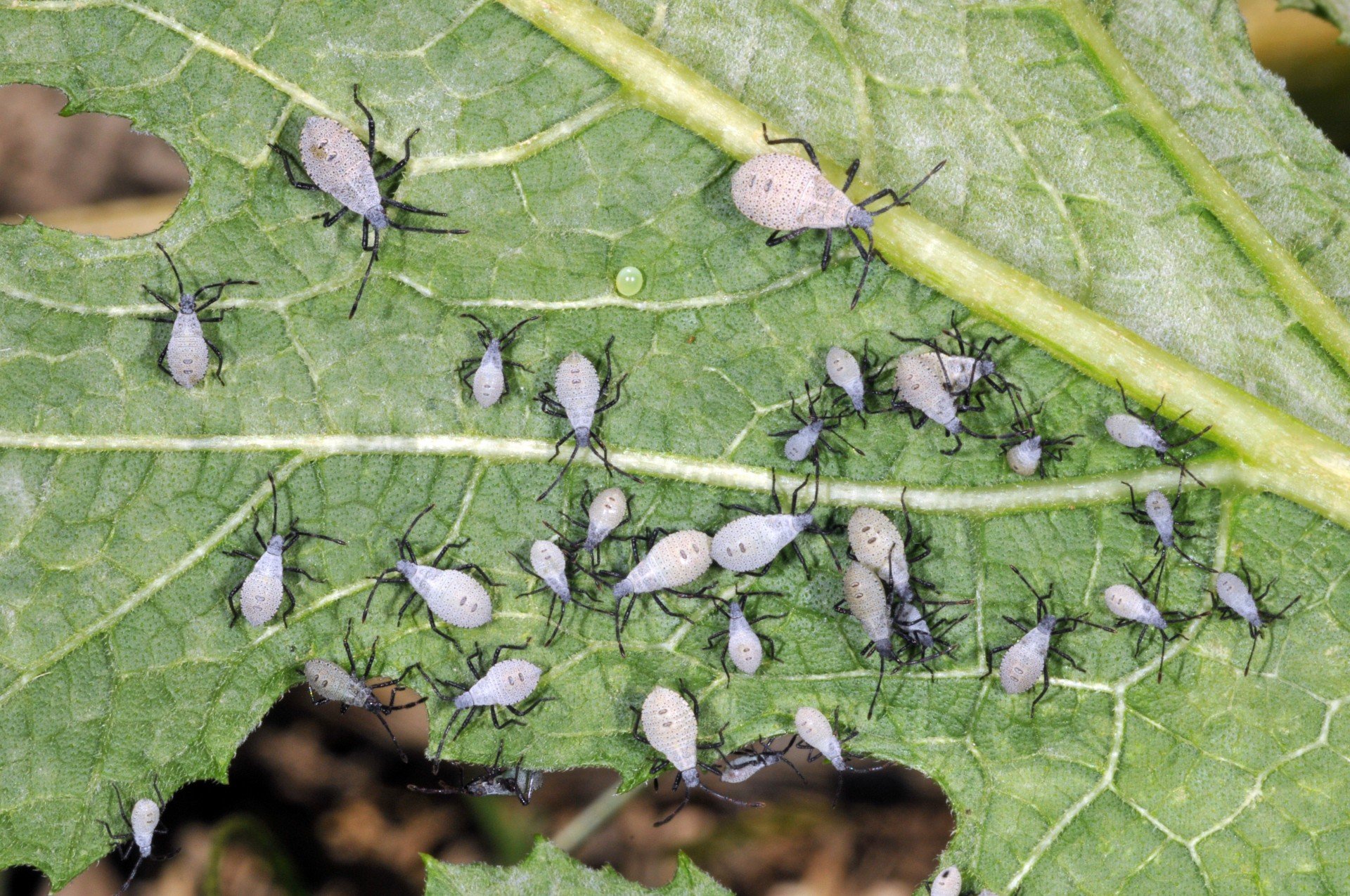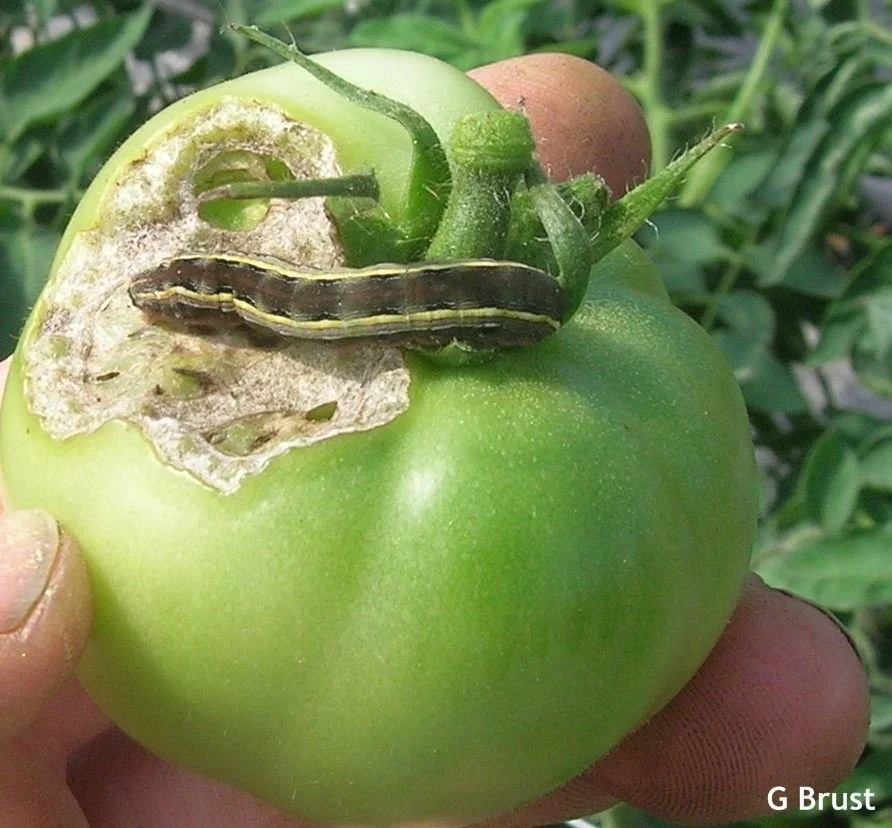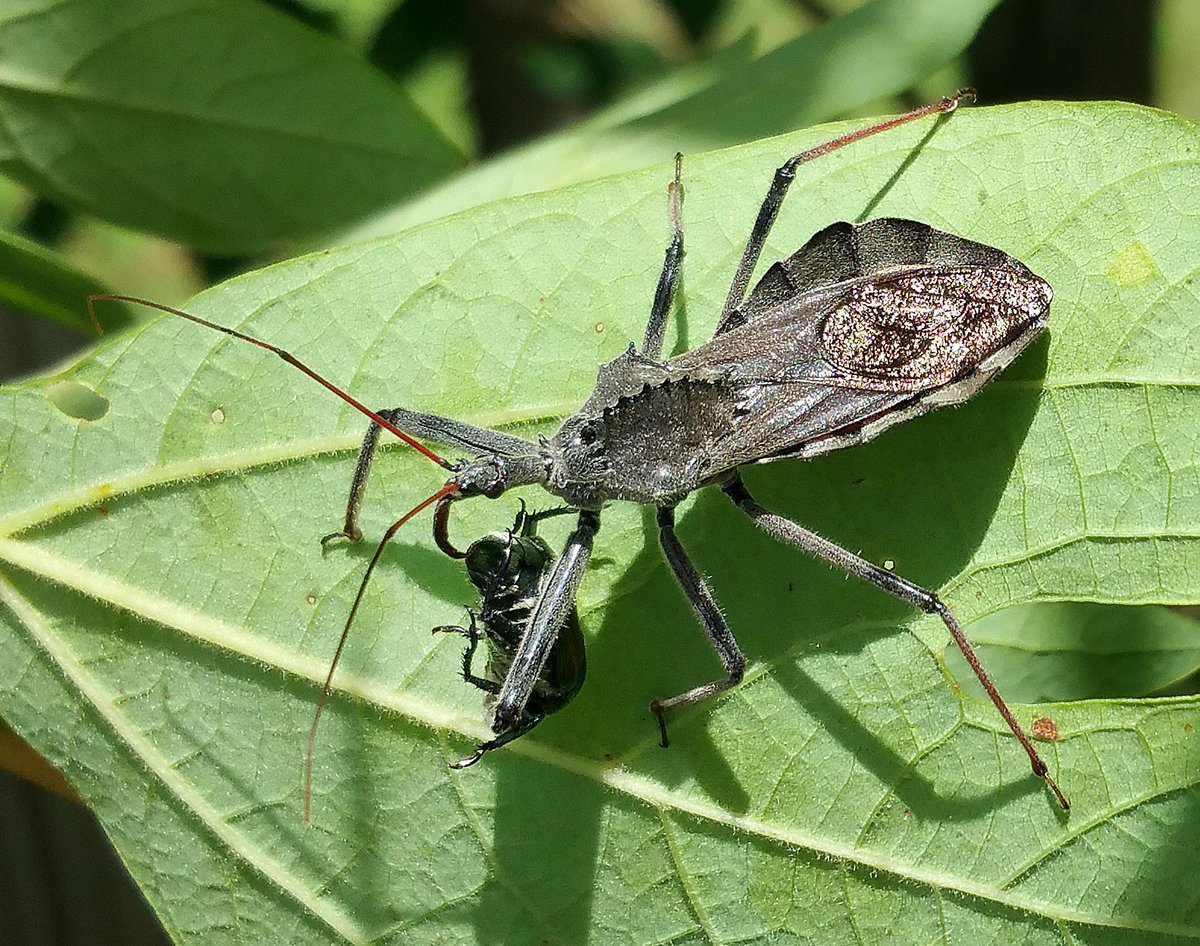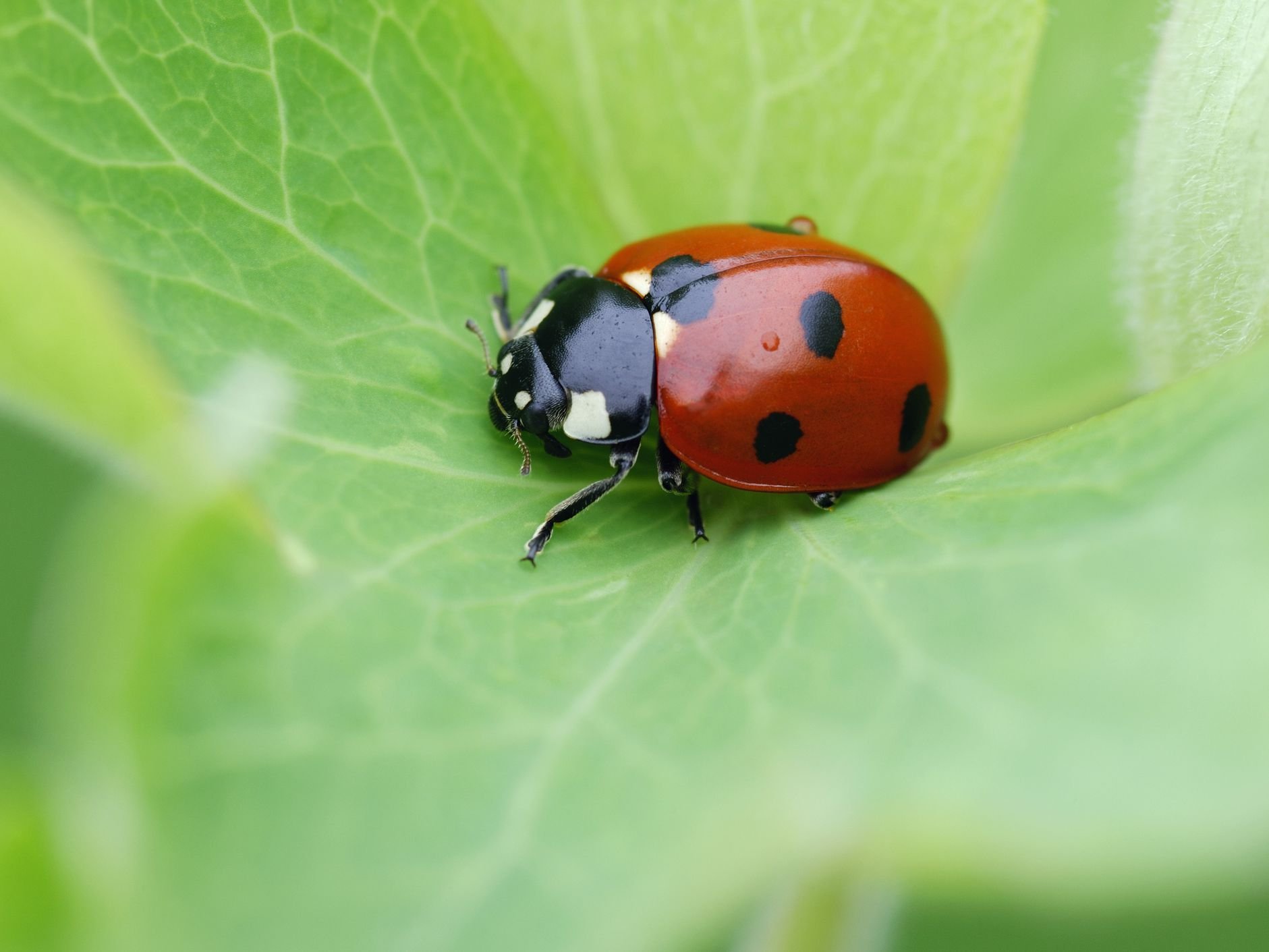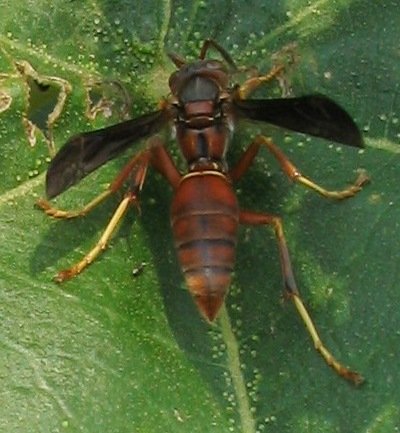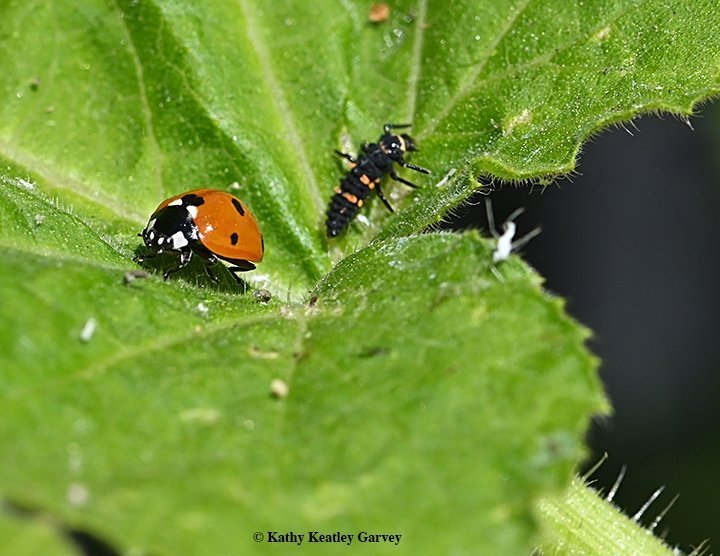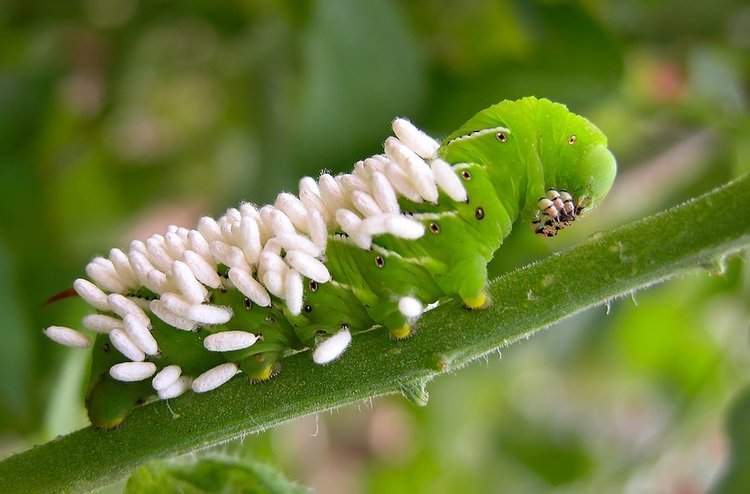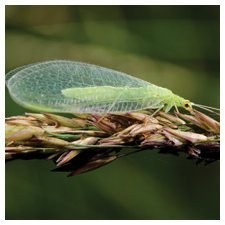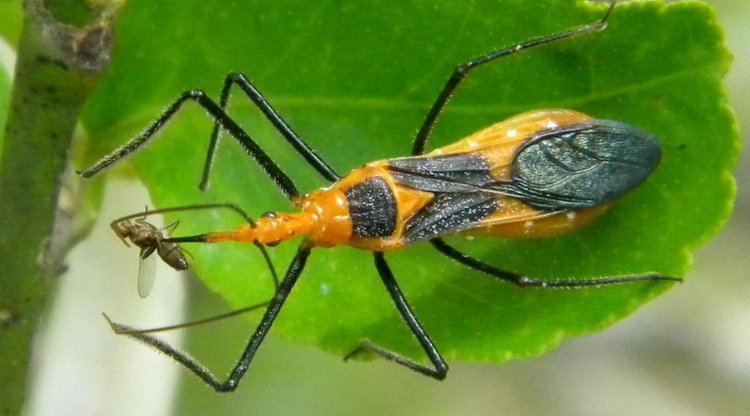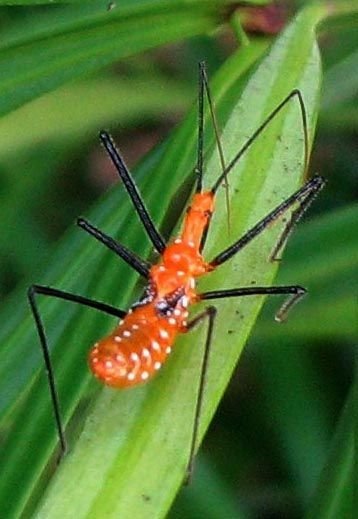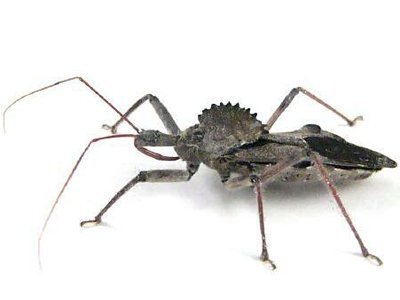Pests 101
There’s nothing so satisfying as an abundant organic garden in your backyard. We’re lucky to have bountiful growing seasons around Charleston, South Carolina but another thing we have plenty of is…pests.
And with all the care and time you put into your garden, the last thing you want to do is let it get ruined by bugs, right?
If you’re new to gardening or just need a refresher, we’re here to walk you through everything you need to know about pests to keep your organic garden thriving:
Scouting for pests
Managing pests
Identifying the most common garden pests (with bonus PDF download!)
Identifying beneficial insects
Let’s dive in!
THE BASICS
Many garden pests peak in June and July. Therefore, your vigilance is necessary to ensure these “bad bugs” don’t destroy all the effort you’ve spent nurturing your seeds and transplants.
During our summer garden visits, clients ask a lot of questions about distinguishing between the good and bad bugs.
PRO-TIP: Bugs that will destroy your crops usually swarm in clusters, and you can see the damage to your plants.
To maximize your harvest, you need to get rid of the bugs that eat the foods you want to eat.
ORGANIC GARDEN GUIDELINES FOR PESTS
Only use pesticides as a last resort
Always use 100% organic products
Start with those that have the least impact
Most bugs can be removed without the use of pesticides at all. In fact, our preferred method is easy, free and low-tech. We call it the “catch and squish” because all you need is your hands!
Here’s a rundown of the top three pests in Lowcountry summer gardens and how to treat them.
HOW TO SCOUT FOR PESTS
THE “BAD” BUGS - PESTS IN LOWCOUNTRY GARDENS
STINK BUGS + SQUASH BUGS
These gray or orange with long black legs show up in June. You’ll find them in clusters of 25 to 30 on fruits, such as tomatoes, peppers and squash.
Catch them when they are young nymphs before they turn into the large brown stink bugs that are difficult to control because they can fly.
HOW TO CONTROL
Get a wide mouthed dish of soapy water, average dish soap is fine, and place it under the cluster of nymphs. Shake the area gently, and the insects will likely “abandon ship” into the soapy water.
If you’re not too squeamish, you can also catch them with your hand and squish them all. For adults, however, the catch and squish method is best. Gloves are helpful!
PRO-TIP: Stink bugs have a beneficial look-alike called the assassin bug. The nymphs look similar, but the assassin bug nymph is typically alone, whereas the stink bugs tend to be in a group. If you only see one nymph, don’t squish. That creature will help you control other insects as it matures.
JAPANESE BEETLES
Japanese beetles have shiny green and brown backs, and they skeletonize plants, making them appear lacy. Be on the lookout if you’re growing berries, basil or beans, as these plants are their favorites.
HOW TO CONTROL
These beetles love company, so the quicker you can remove them, the less likely you’ll have an infestation. Once you spot them in your garden, daily monitoring is important. They are best controlled by picking them off with your hands and dropping them in a bucket of soapy water. Also, be sure to harvest the plants they love quickly, as a rotting plant attracts them in swarms.
CATERPILLARS
You know a very hungry caterpillar is feasting in your garden when the leaves are covered in holes. You’ll find them on the underside of leaves such as broccoli, kale, cauliflower, cabbage, tomato and fruit!
HOW TO CONTROL
The simplest method of controlling caterpillars is to pick them off and squish them between your fingers or drop them in a bucket of soapy water.
When caterpillars are prevalent in the garden, we recommend a Bt spray. Bacillus thuringiensis (Bt) is a natural occurring, soil-borne bacteria that has been used since the 1950s for natural insect control. Be prepared by having Bt spray on hand.
Pick up the spray at the Container Garten at 1630 Meeting Street. At this pop up shop, we offer the essential garden supplies we use with our clients — compost, potting soil, tools, sprays, seeds and more.
HOW TO MANAGE PESTS IN THE GARDEN
THE “GOOD” BUGS - BENEFICIAL INSECTS IN LOWCOUNTRY GARDENS
If you spot these in your garden, let them be!
From left to right: Assassin Bug; Ladybug; Brown Wasp
Take note of our garden friends at all stages of their lives!
Pictured above are the four stages of a lady beetle’s life. Note the eggs and the alligator-like larva. If you have an aphid infestation, you’ll likely see these larva enjoying a feast. They’re the most voracious eaters of aphids!
FAR LEFT: Adult lady beetle and larva for size perspective
2ND FROM LEFT: Many of the wasps we see in the garden are predators of caterpillars. If left alone, they should not bother you, nor should they be aggressive.
2ND FROM RIGHT: Parasitic Wasp eggs laid on a Tomato Hornworm Caterpillar. When they wasps hatch from the eggs, they will eat the caterpillar! Mother Nature is so cool!
FAR RIGHT: Green Lacewings eat many small soft bodied garden pests such as aphids, spider mites, thrips and mealybugs.
LEFT: The Assassin Bug – one of my favorites to watch in the garden! These hunters spend their days eating all sorts of garden pests. Often confused with stink bugs, note the orange and black body and their inclination to be alone. Even the nymphs tend to travel alone, as opposed to the stink bug nymphs which tend to cluster. Be mindful when spraying that these critters are not in the way of the spray stream!
MIDDLE: The Assassin Bug Nymph – Often confused with stink bugs. Note their inclination to travel alone, as opposed to the stink bug nymphs which tend to cluster. Be mindful when spraying that these critters are not in the way of the spray stream. They are doing good work in the garden!
RIGHT: Another type of Assassin Bug called the Wheel Bug. Not as common as the orange and black Assassin, but quite large and shocking upon first sight. Note the proboscis on the front of the head used for spearing prey.
Want to get alerts about pests + how-to videos, gardening to-do list, planting/harvesting tips and more delivered straight to your Inbox every month? Join our Garden Growers Club!

